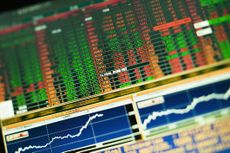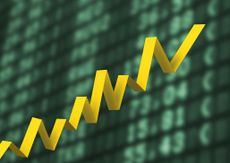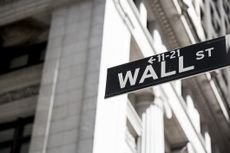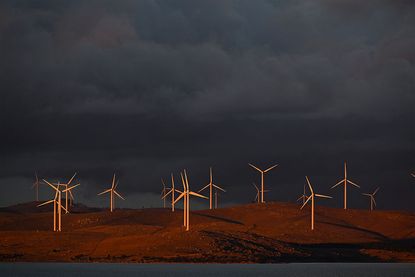Inflation
The latest news, updates and opinions on Inflation from the expert team here at MoneyWeek
-

UK inflation live: UK inflation fell to 3.6% in October
Today's ONS inflation data release confirms the Bank of England's assumption that inflation would fall after September. More analysis and reaction to follow.
By Dan McEvoy Last updated
-

UK inflation: Consumer Prices Index release dates
The UK’s inflation reports are published monthly. When do they come out and where are prices heading?
By Daniel Hilton Last updated
-

What is inflation and how does it affect you?
The latest inflation figure is released each month. What is inflation and how does it impact your personal finances?
By Ruth Emery Last updated
-

UK inflation forecast: where are prices heading next?
UK inflation fell in October, in line with most forecasts. Will this fall be sustained, or should consumers brace for higher inflation readings in 2026?
By Daniel Hilton Last updated
-

The battle of the bond markets and public finances
An obsessive focus on short-term fiscal prudence is likely to create even greater risks in a few years, says Cris Sholto Heaton
By Cris Sholto Heaton Published
-

Why MoneyWeek studies at the Austrian school of economics
A heterodox tradition in economics has been a guiding light for MoneyWeek over our 25 years, says Stuart Watkins
By Stuart Watkins Published
-

MoneyWeek's best calls of the last 25 years
From the early days of the gold bull market and the credit crunch to the advent of populism and post-Covid inflation, MoneyWeek has made some excellent calls
By Andrew Van Sickle Published
-

Central banks have evolved. Are they still fit for purpose?
The rise to power and dominance of the central banks has been a key theme in MoneyWeek in its 25 years. Has their rule been benign?
By Simon Wilson Published
-

Debasing Wall Street's new debasement trade idea
The debasement trade is a catchy and plausible idea, but there’s no sign that markets are alarmed, says Cris Sholto Heaton
By Cris Sholto Heaton Published
